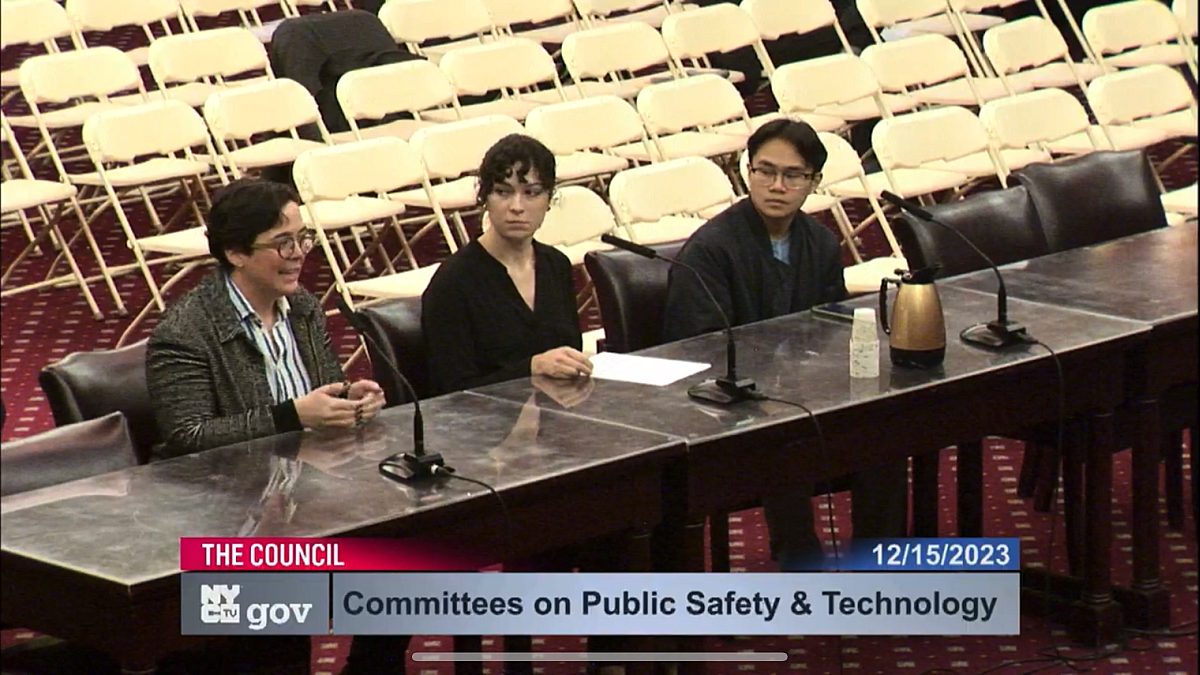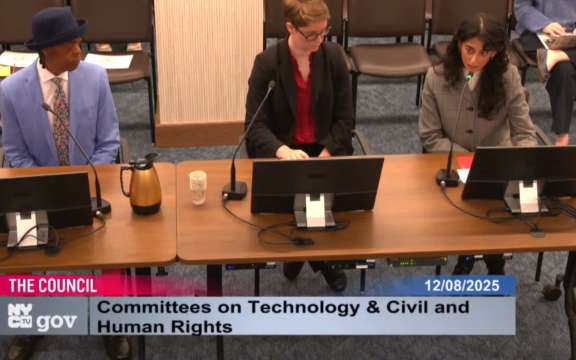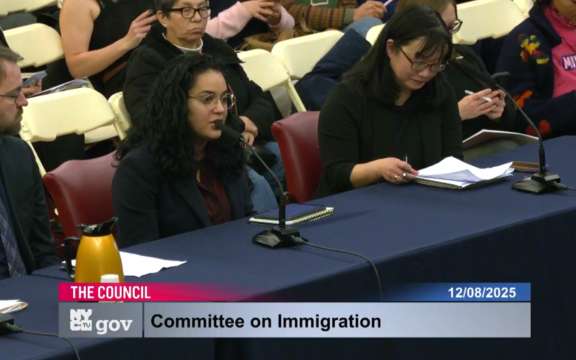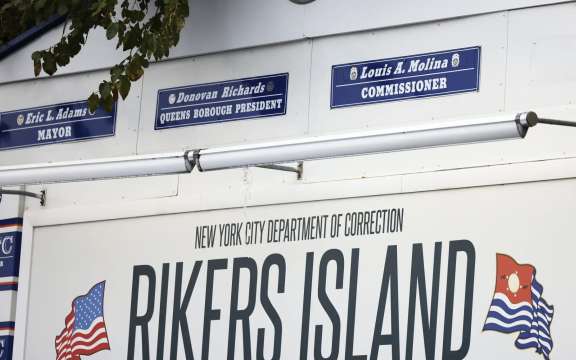Testimony: The New York City Council Committees on Public Safety and Technology

Elizabeth Daniel Vasquez, Director of BDS' Science and Surveillance Project provided pointed testimony before the New York City Council Committees on Public Safety and Technology during an Oversight Hearing on the NYPD’s Implementation of the POST Act (Public Oversight of Surveillance Technology).
The City Council must keep a firm oversight eye on NYPD’s surveillance programs.
The City Council’s oversight role–pushed forward by the POST Act’s passage in 2020–currently stands alone amongst administrative and governmental checks on NYPD surveillance powers. This is so because of NYPD’s failure to comply with the minimal restrictions imposed by the courts, the city’s contracting and procurement processes, the city’s budget choices, and the Office of the Inspector General.
When it comes to the NYPD’s surveillance programs, the Department does not receive any significant oversight from the courts. In its POST Act responses, the NYPD (perhaps
unintentionally) revealed that, among the 36 categories of surveillance technology the Department identified, they only believe that four require court approval or oversight. Each of these four (two eavesdropping methods, one location tracking method, and one cell phone data extraction method) have been the subject of Supreme Court Constitutional decisions. According to the NYPD, every other surveillance method can be deployed without any court approval or oversight.
---
The need for surveillance oversight has only become more urgent.
Twenty years after 9/11, a combination of security choices and technological advances (including increased processing speeds and decreased storage costs) have put our society on track to become a true surveillance state. Reliance on big data techniques is in vogue across all sectors. And since the late 1960s’ federal investment in the “professionalization” of policing elevated technology as the way forward in the criminal legal sector, law enforcement has wholeheartedly embraced surveillance technology as the future of policing.
Nowhere are these realities more true than in post-9/11 New York City. We have outlined in prior testimony to the Public Safety Committee the breadth of technologies owned and deployed by the NYPD. As a society, we are at an inflection point; data collection tools are now being met with amped up analysis tools turning eye-swimming piles of data into insights that can be readily processed and interpreted.
---
This reality makes clear what has come into alarming focus for us: the biggest threat posed by surveillance in our city comes not from any single piece of technology, but instead from NYPD’s massive accumulation of data.
The NYPD’s web of interconnected systems together enables even more powerful forms of surveillance than each wields individually.
This is true because of artificial intelligence or AI. Put simply, the NYPD does not merely collect surveillance data to observe in the traditional sense. They also collect surveillance data to make predictions about New Yorkers, the future, and the past.
Because of the NYPD’s surveillance web, attacking just one piece of technology does very little. The only solution is to curtail NYPD’s data-collection capabilities and dismantle the surveillance infrastructure as a whole.


